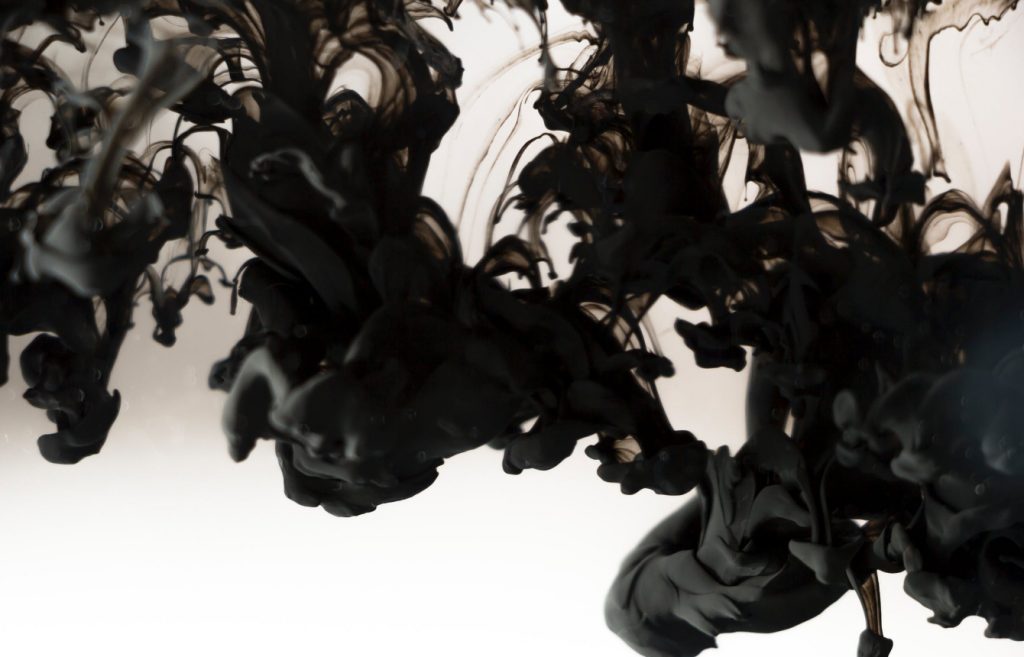Hydrodynamic painting – main characteristics
The hydrodynamic painting has been getting more and more popular over the recent years as a method of applying paint to any surface with a spray gun instead of a brush or a paint roller. It is particularly useful in industrial environments when time and efficiency is of key importance. Painting on a large scale demands using huge portions of paint, which usually takes longer to dry and may not be even on the entire surface. On the other hand, painting small and detailed elements requires patience, which is most cases is also extremely time to consume. Hydrodynamic painting guns come with many different nozzles and in various different sizes, and if correctly chosen can make the job much more efficient. The hydrodynamic painting method saves time and materials and can give even results that cannot be achieved with anything else.

But how does it actually work? The main mechanism behind the hydrodynamic painting is that high pressure is being generated in a spray gun and it breaks the paint apart into small droplets which are then shot out onto the painted surface. Keeping the pressure even though the whole painting process makes it possible to achieve smooth and even surfaces covered with paint which won’t scab off after it’s properly set. This, alongside the time and material saving aspects, are the main advantages that speak for choosing hydrodynamic painting over other methods of renovation, especially in the busy industrial environment that cannot be bothered to be closed down for a day or two. It is worth mentioning also that hydrodynamic painting has the reputation for being used only on large surfaces. It is not, however, only meant for that. There are smaller spray guns that allow painters to get into really tiny spaces and paint all the construction elements thoroughly.
Hydrodynamic painting for industrial purposes
Hydrodynamic painting is perfect for any and all industries in need of a quick and easy way of conservation and renovation. Structures such as industrial halls, chimneys, decorative steel constructions, cooling towers, silos, and building elevations are usually the hardest to paint as they are not even and aside from the painting itself, they need proper preparation. This is why services offered by professional hydrodynamic painting companies include not only the painting process itself but the preparation process as well. Paint is just like any other method of covering things up – in order for something to stick to a surface, the surface has to be properly ready first.


